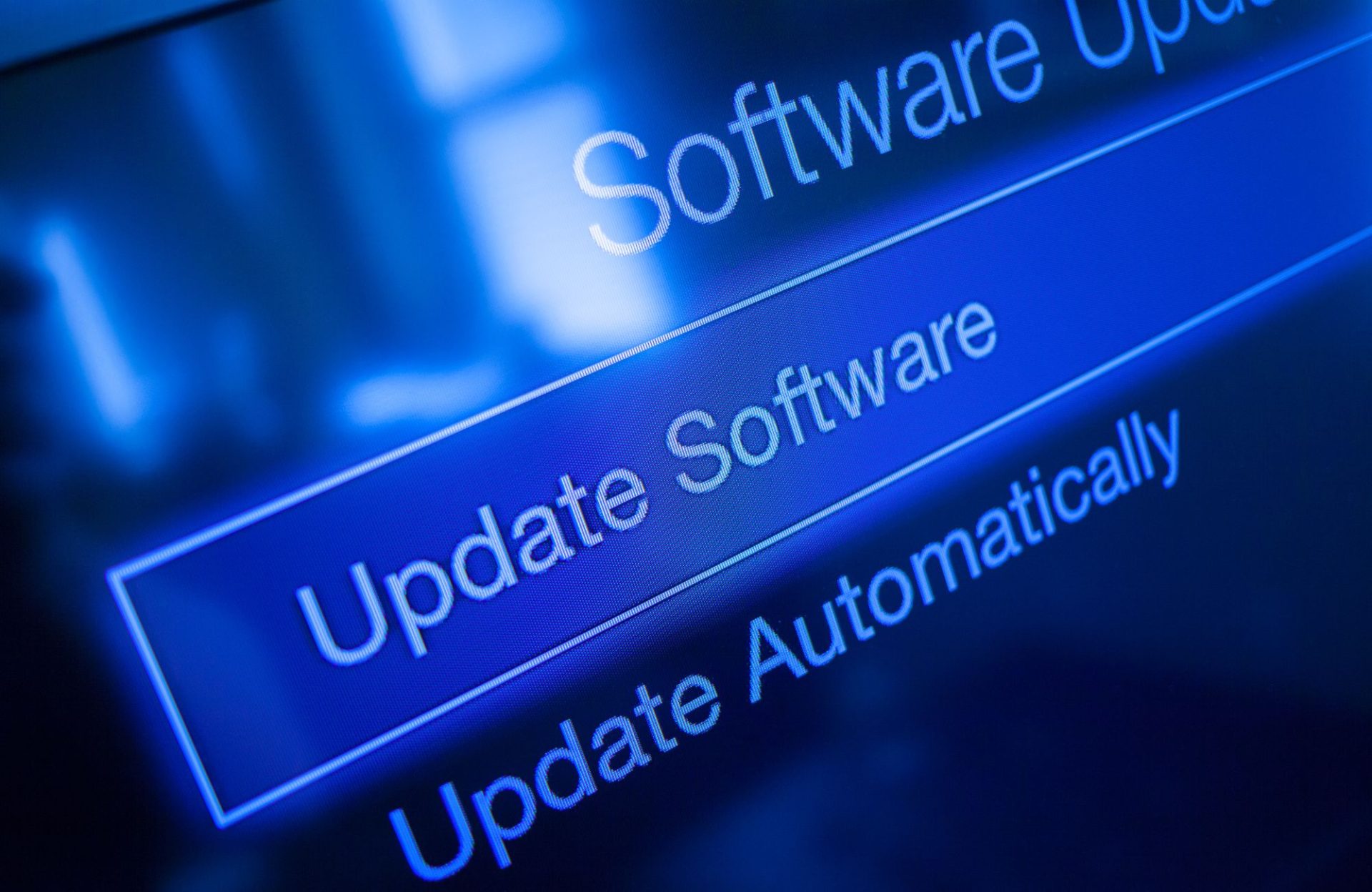Last week, we started a series on debunking technology myths in data centers with the idea a single pane of glass solution is all you need to run your technology most efficiently. Today we continue the series by looking at one-size-fits-all solutions.
A one-size-fits-all solution has often been touted as a panacea for the complex world of data center technologies. The notion that a single technology, architecture, or strategy can be universally applied to all data centers, regardless of their size, scale, or unique requirements is far from the truth. In reality, data centers are intrinsically diverse and constantly evolving, making it impossible for a single solution to meet the needs of all organizations.
Ryan Smearman, an account executive and colleague, says, “Depending on the owner, the size of the data center, or its use case, you may need a building automation system that uses commercial direct digital control or programmable logic controllers. Or you might need a data center infrastructure management or an electrical power management system.”
Moreover, relying on tools such as power usage effectiveness alone can lead to misunderstandings that can affect the total cost of ownership. While such tools are useful, they should be used in conjunction with a holistic approach that takes all factors into consideration.
This includes factors such as workload performance, scalability, and reliability demands, which must be defined by the internal designer or owner in collaboration with the external design team.
Dragan Marjanovic, one of our building automation system experts, agrees and adds, “Misunderstanding power usage effectiveness can also affect the total cost of ownership. Just using this tool alone, without taking all factors into consideration, creates the myth that one size fits all.”
Dispelling the Data Center Myth that One Size Does Fit All
To dispel the myth of a one-size-fits-all solution, it is important to recognize the inherent diversity and complexity of data center building technologies. Each data center has its unique requirements, and a successful solution must be tailored to meet those needs. A one-size-fits-all solution ignores the fact that technology is constantly evolving, and that what works today may not work tomorrow. Therefore, the focus should be on customization, adaptability, and continuous innovation to create a more efficient, resilient, and sustainable infrastructure.
One way to achieve this is through collaboration and communication between internal and external teams. By working together, it is possible to identify the unique needs of the data center and develop a customized solution that takes those needs into consideration. This approach also allows for continuous innovation and improvement as the data center evolves and grows.
Focus On Best Practices
Another way to dispel the myth is to focus on best practices that can be applied universally to data center building technologies, such as regular maintenance, monitoring, and optimization of systems and processes. When doing so, the internal designer or owner should spend time with the external design team to define workload performance, scalability, and reliability demands. This will help detail the customization, adaptability, and continuous innovation for the specific organization while paving the way for a more efficient, resilient, and sustainable infrastructure.
By following these best practices, data centers can achieve maximum efficiency, reliability, and performance with their building technologies, regardless of their size or unique requirements.
Check back next week when we look at another data center myth: why there is no need to integrate both DCIM and BAS.
And, if you’d like to learn more about data center myths, download our white paper, “Debunking the Myths Around Data Center Technologies: A Reality Check for the Digital Age.”






